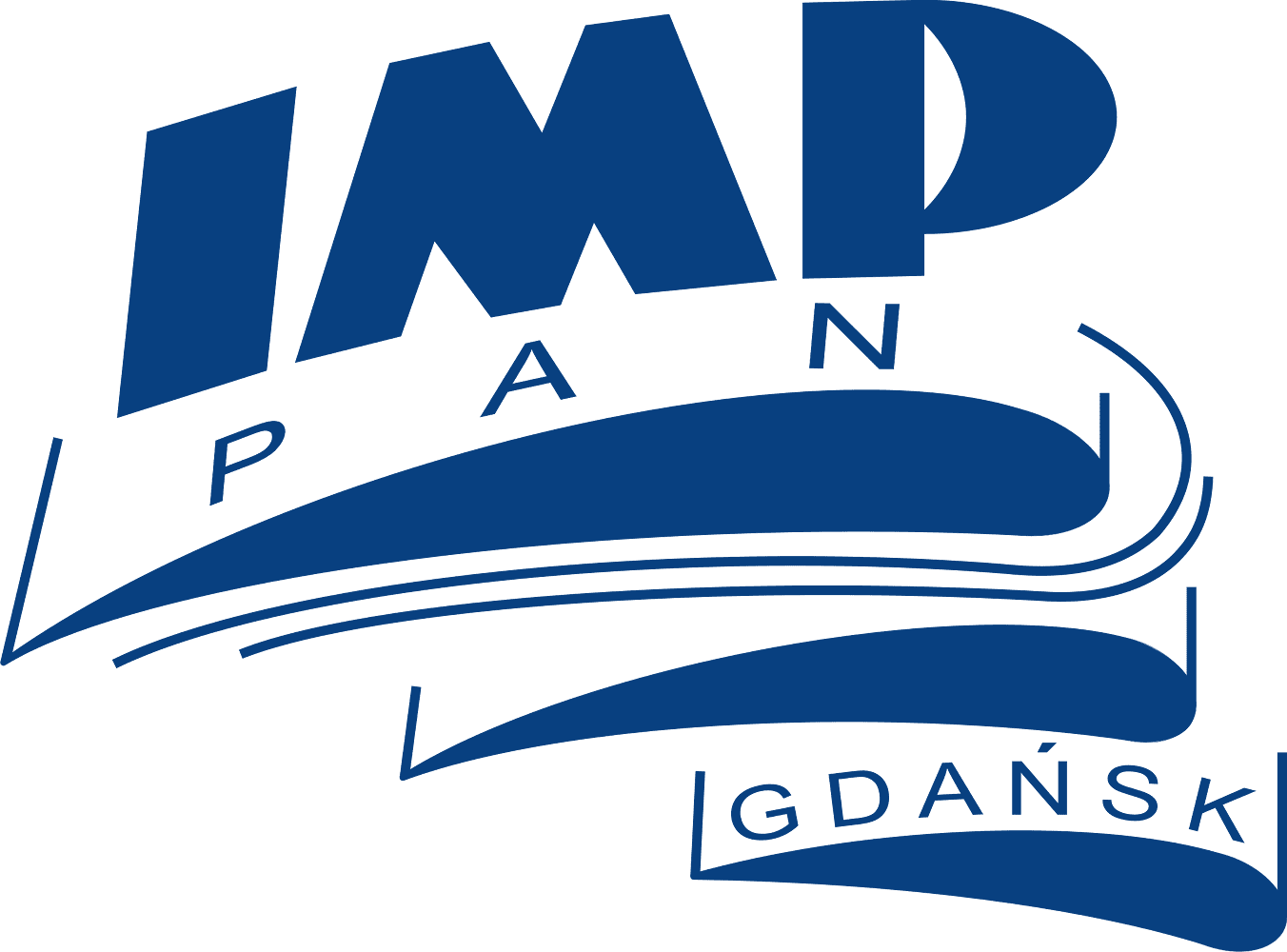Research
1) Optimization of anodization processes conducted in a two-electrode system
The anodized element may serve as one of the electrodes, or the anodized material may be placed in an electrolyte between two electrodes that generate the electric field. Various substrates can undergo anodization, including titanium foils, wires or titanium layers deposited on indium tin oxide (ITO) on one or both sides of glass, and optical fibers. The process results in the formation of well-ordered layers of titanium dioxide (TiO2) nanotubes on the substrate. The experiments are carried out using a custom-designed setup equipped with water-jacketed reactors and a thermostat, while the voltage profiles are programmed and controlled via computer.
2) Modification of titanium dioxide and other oxide materials
Among others, the modifications involve techniques such as doping with non-metals, decorating with metal and metal oxide nanoparticles, and deposition of conductive polymers. These processes are conducted using a range of methods, including electrochemical techniques, magnetron sputtering, and thermal treatment in various atmospheres.

3) Optimization of thermal treatment
The thermal treatment is optimized using a tubular furnace (Nabertherm), a muffle furnace (midi sun KXP3 ET, Neoterm), and a rapid thermal annealer (RTA, MILA 5000 P-N). The RTA processes are carried out in various atmospheres, including vacuum, air, hydrogen, and argon.
4) Material modification using a Nd:YAG laser beam
Material modifications employing a Nd:YAG laser (Q-Smart 850, Quantel) result in changes of morphology (e.g., melting, sealing of nanotubes, formation of spherical nanoparticles from thin films) and structure (e.g., phase transitions from amorphous to crystalline). The optical setup includes a beam homogenizer for uniform laser beam distribution and a computer-controlled translational stage for precise positioning of the substrate relative to the laser beam.
5) Optimization of thin film deposition via magnetron sputtering
Thin films are deposited using magnetron sputtering systems (Q150T S Quorum Technologies and nanoPVD Moorfield) equipped with various targets. These systems enable the deposition of thin layers of gold, platinum, silver, titanium, nickel, copper, cobalt, chromium, vanadium, tungsten, and oxide materials (e.g., ITO). The nanoPVD magnetron allows both direct current (DC) and radio-frequency (RF) sputtering, as well as simultaneous deposition using DC and RF guns.

6) Morphological diagnostics of nanostructures
The morphology of nanostructures is analyzed using a scanning electron microscope (SEM Hitachi SU3500).
7) Characterization of optical properties
The optical properties are characterized using a UV-vis spectrophotometer (Lambda 35, Perkin Elmer) equipped with an accessory for opaque samples.
8) Characterization of electrochemical performance
Electrochemical activity is assessed using techniques such as cyclic voltammetry (CV), linear voltammetry (LV), chronoamperometry (CA), and electrochemical impedance spectroscopy (EIS). Measurements are performed using potentiostat/galvanostat systems equipped with impedance module, including Autolab PGStat 302N, Autolab PGStat 204, and Biologic SP-150.
9) Characterization of photoactivity
Photoactivity is evaluated during material exposure to UV-vis or visible light, and depending on the light wavelength. Measurements are conducted using:
a) solar simulator (Oriel LS0500 - AAA class, Rera Si reference cell) equipped with a UV cut-off filter (GG420, Schott).
b) photoelectric spectrometer (IPCE, incident photon-to-current efficiency, Instytut Fotonowy), which allows following measurements: chronoamperometry (CA), open-circuit voltage (OCP) as a function of wavelength, photocurrent induced by monochromatic or white light, current-voltage characteristics, cyclic voltammetry, and IPCE/APCE maps as the functions of wavelength and applied voltage.
c) IMPS/IMVS setup (intensity modulated photocurrent/voltage spectroscopy, Instytut Fotonowy) for determination of carrier lifetimes (recombination), carrier transport times, sample diffusion constants, carrier diffusion lengths (if the sample thickness is known), sample thickness (if the diffusion constant is known), charge transfer rates across interfaces, and other dynamic parameters.

















